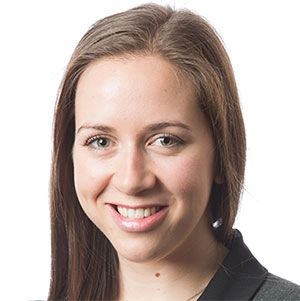How much super do you need in retirement?
Around 25 per cent of self-managed super fund trustees are at risk of running out of money or having to accept a less-than-adequate lifestyle in retirement, a recent study shows.
Around 25 per cent of self-managed super fund trustees are at risk of running out of money or having to accept a less-than-adequate lifestyle in retirement, a recent study shows.
SMSF couples need $2 million in savings at retirement to be confident of drawing an annual income of $100,000 in retirement.
The good news is that 40 per cent of 65-year-old SMSF couples have saved enough in their funds to meet this aspirational lifestyle, according to an October study of around 65,000 SMSFs completed by actuarial service provider Accurium.
Focusing on SMSF trustees who are in retirement phase, the study used Accurium’s Retirement Adequacy Model to assess how SMSF retirees are tracking against achieving their goals of a comfortable or aspirational lifestyle in retirement. The model uses a stochastic process, which means it analyses patterns to determine the probability of various outcomes.
The data shows that as at 30 June 2018, a typical 65-year-old SMSF couple had a combined balance of $1.49 million and achieved an imputed investment return over the 2018 financial year of 5.1 per cent.
This is down on the 6.7 per cent achieved in 2017, but close to the average annual investment return of 5.1 per cent earned by typical 65-old-year SMSF households over the past five years.
The study showed the median balance was $1.31 million for single member SMSFs at age 65.
We estimate that these balances should allow the typical 65-year-old SMSF couple to draw an annual income of $82,400 in retirement, and $65,300 annually for individuals.
Our modelling considers 2,000 different scenarios for investment, inflation and longevity outcomes.
This also assumes retirees want an 80 per cent probability of not outliving their savings, in order to be confident of achieving and maintaining their desired retirement lifestyle.
Our previous research has shown that many SMSF trustees are hoping to achieve more affluent lifestyles in retirement, with around a quarter of couples planning on spending more than $100,000 annually.
What lump sum do you need?
To assess the adequacy of SMSF retiree savings, we’ve analysed what proportion of SMSF households have enough in their funds to meet this aspirational retirement goal. For singles we assumed an aspirational benchmark of $70,000 annually.
We calculate that couples will need around $2 million in savings at retirement to be confident of drawing an annual income of $100,000 throughout retirement.
Singles will need $1.43 million and $1.34 million for women and men respectively. The required savings are higher for women than men, due to their higher life expectancy.
Analysis of Accurium’s database shows that a good proportion of those who take control of their superannuation with an SMSF are well-placed to achieve these benchmarks. Forty per cent of couples and 46 per cent of singles have enough in their SMSFs to be confident of an aspirational lifestyle in retirement.
Three-quarters of retirees set for comfort
The Association of Superannuation Funds of Australia suggests a comfortable retirement will cost a 65-year-old couple $61,522 each year, and $43,601 for singles.
Our research shows that around three-quarters of all 65-year-old SMSFs have enough in their funds to be confident of affording this level of retirement. This is based on a required starting balance of $750,000 on retirement for a 65-year-old couple, $640,000 for individual women, and $580,000 for individual men.
That leaves only a quarter of SMSF retirees having to accept a less comfortable lifestyle or risk running out of savings, unless they have means outside their SMSF.
The steady, if not stellar, 5.1 per cent average annual return achieved by typical 65-year-old SMSFs over the last 5 years compares to an average return of 8.2 per cent for larger Australian Prudential Regulation Authority-regulated funds over the same period.
But comparing returns across sectors is fraught with difficulty due to significant differences in methodologies. Also, the 65-year-old SMSF households in our study are just entering retirement and therefore at the point when their ability to absorb poor investment returns is at its lowest.
By comparison, the majority of APRA fund members are in the accumulation phase, meaning investment objectives and strategies are likely to be very different.


